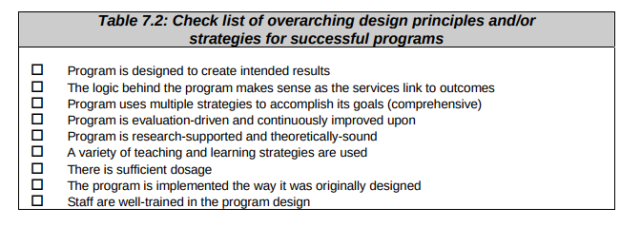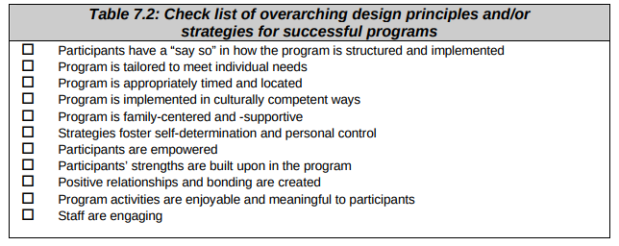Hey there!
Welcome to my intervention resources site! This site is intended to serve as a general resource for finding evidence-based interventions for school psychologists or teachers in the field! The categories above this sticky post are fully clickable and each include a variety of interventions and web resources that you may find helpful under that specific category. You can also see a list of each category over to the right of the website, in alphabetical order, and click any of those options to see all posts in that category.
In general, each post explains why the resource can be considered relevant and useful for my future practice. However, as a general rule of thumb, preference was given toward evidence-based interventions (either specific descriptions or the research behind them), relevant fact sheets for quick-access information, or tools that will be useful for my own future practice and I thought may be useful for others.
Contents:
- Academic
- Reading Interventions
- Math Interventions
- Behavior
- Specific Needs/Categories
- Autism
- ADHD
- English Language Learners
- Traumatic Brain Injury
- Collaboration
- Family/School Collaboration
- Teacher/Psychologist Collaboration
- Miscellaneous
- Bullying/Prevention
- Drugs/Alcohol Abuse
This page will be updated periodically as new interventions and resources are found. Any feedback or recommendations would be much appreciated, feel free to comment, like, or share!
Kevin


